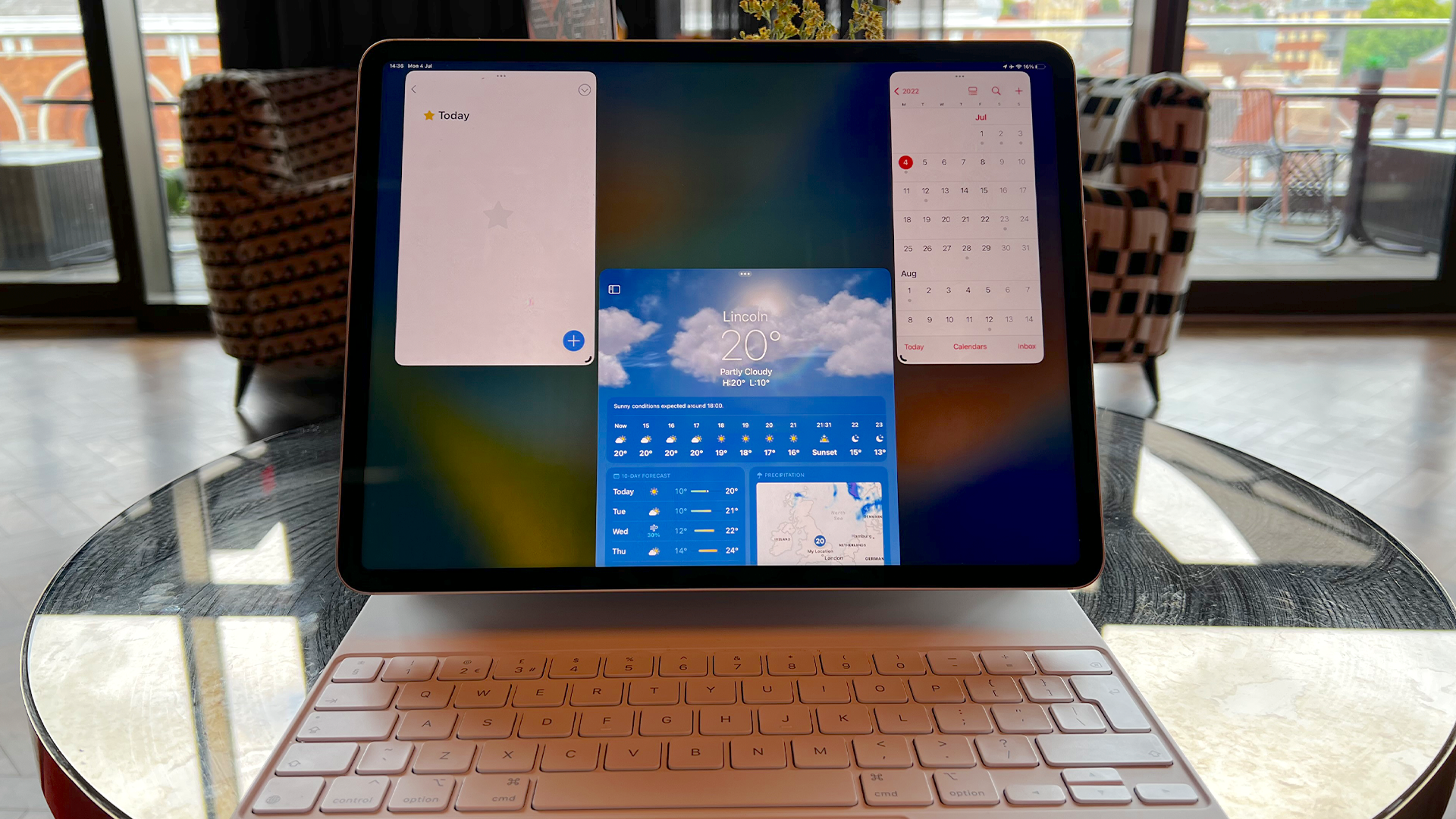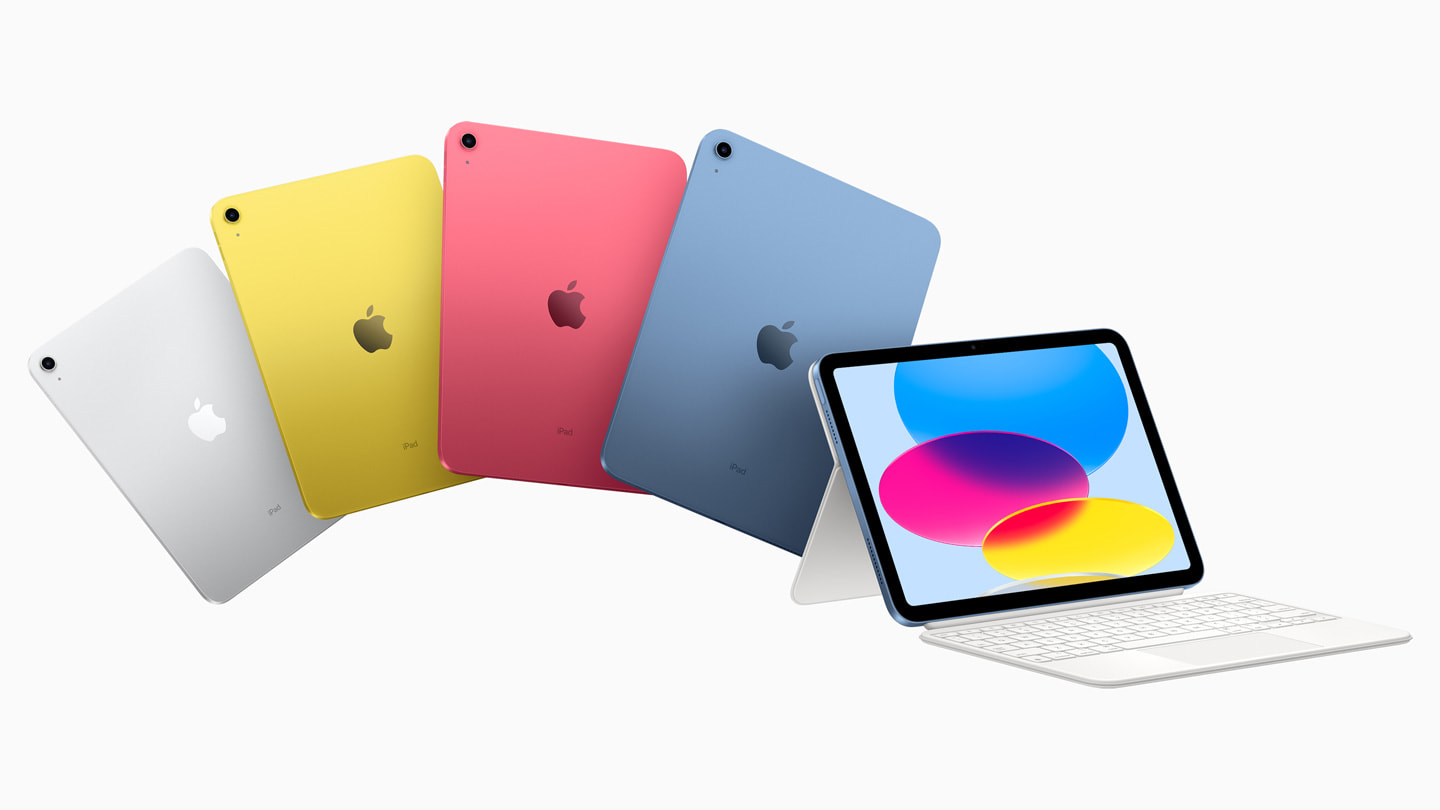iPad's software and now hardware is a mess - it needs to get back to basics
Confusion is now the theme of iPad, not productivity

We are days away from iPadOS 16.1 debuting for iPads, alongside new iPads having been announced, but it still seems as though the whole product line is in a tailspin.
Without sounding like a character in a soap opera, a broken clock is right twice a day, and it feels as though the iPad line is now stumbling, and feeling confused as to what it is, who it's for, and what it wants to be.
I've already explained how Stage Manager should be delayed until iPadOS 17 at the least, and that hasn't changed. But with the introduction of a redesigned entry-level iPad, an even-more powerful M2 iPad Pro, and new but confusing accessories and adapters for certain iPads, I'm now wondering - what's the point of the product line, and who is it really for in 2022?
Go back to the start

I've always loved the idea of the iPad. It's a blank canvas where you can create or consume almost anything you want. Back in the day, you could choose between an iPad and an iPad mini - nothing more, nothing less.
I've used plenty throughout the years, such as to help me through a year of University for example, but there was always that cliff-edge where I'd reach the limit of what the software could do.
Granted, small improvements such as external storage support in iPadOS 13 or even widgets in iPadOS 15 helped push that cliff edge further away, but Stage Manager and the confusing hardware lineup make me imagine that I'd be hanging on that cliff edge by now if I was still iPad-only, similar to Doc Brown hanging off the Clocktower in Back to the Future.
Resizing Apple's Camera app in Stage Manager. When you make it smaller, the camera view is flipped. iPadOS 16.1 RC. pic.twitter.com/bcRZq1sA5NOctober 20, 2022
Indeed, there are also iPad enthusiasts who have had enough, such as the above tweet showcasing their frustrations with Stage Manager yet again, to the extreme where they're now recommending a Surface tablet.
Sign up for breaking news, reviews, opinion, top tech deals, and more.
However, imagine that you're waiting for Amazon's Black Friday event for an iPad, where do you start to choose from in the product line?
You've got one iPad that has a camera made for a landscape orientation which also features great colors. The smaller iPad mini now has a much higher price but is a year old, and barely takes advantage of iPadOS 16. Finally, you get to the iPad Pro line, and you have the power of the M2 chip with hardware that's tailor-made for Photographers, but its highest tier is a 2TB model for $2,399 / £2,199 / AU$2,499.
And that's not mentioning the differences in the accessories, where the newest keyboard folio for the iPad is much better than what the Magic Keyboard offers for the iPad Pro. You can now fold it like a smart case, and there's finally a function key row so you can quickly access volume and keyboard lighting controls, but this is nowhere to be found for the iPad Pro.
So you've now got an accessory for the lower-priced iPad model that's much better than one that can only be used for the iPad Air and iPad Pro models.
If this all sounds confusing, that's because it is.
Let's start again

When Steve Jobs returned to Apple in 1997, legend has it he went straight to a whiteboard and drew a square, where four categories were drawn to help simplify Apple's whole product line, as it was all over the place in the mid-90s.
The iPad can fit in every one of those squares, and then some, to the point where the shape transforms into an Octagon.
So let's start afresh - imagine going to 'iPad' on the Apple Store, and instead of being brought to a bunch of different models, you're brought to a three-question test.
- What do you want to use your iPad for?
- Do you prefer touch or keys?
- What size display do you prefer?
This goes back to the three-click rule that Steve Jobs made when he set a task for the team developing the iPod. Anyone who's interested in buying an iPad will know exactly what they'll be getting, and the best thing is, each size, from 7.9-inch to 12.9 will have the same specs of hardware packed in.
This way, everyone wins. iPad should appeal to everyone, so offering the advantages of what a ProMotion display offers for an iPad mini for example, should be the standard. The only difference the user needs to look at is how much storage they think they'd need and if they need a Cellular option.
This would also be true for the peripherals - the keyboard folio for both the regular-sized iPad and iPad Pro could feature foldable options and a function row, and it'll just be one accessory that can fit on most of the iPad sizes if you decide to upgrade in the next 18 months.

When it comes to software, it's a different ball game. Some want a version of macOS, others want more improvements to iPadOS.
I say, let's have a combination of both. Even with iPadOS meant to be separate from iPhone's software, it still looks like iOS, which is why some users were puzzled as to why Lock Screen widgets arrived in iOS 16, but not in iPadOS 16.1.
It's still a confusing message to some users, and Stage Manager has the potential to confuse users more. Instead, I'd propose a redesign of iPadOS, starting at version 1, and have some features be available to use once the tablet is connected to a keyboard.
The tablet arguably worked at its best when it first debuted, and for me, its downward spiral began with iOS 7, when Apple was clearly in a hurry to finish iOS 7 on the iPhone, with the iPad variant resulting in an unfinished release when it debuted in 2013.
The iPad can succeed, it just needs focus

Again, I love the iPad - always have. But we're at a point where it's so confusing that picking a model is a challenge by now, alongside the peripherals that only work with certain models.
Let's see a reset, something that lets you know that it's totally separate from the iPhone, both in hardware and software.
Only then, for me anyway, is when the iPad can fly and be its own thing, rather than living in the shadow of Apple's other successful products.

Daryl is a freelance writer and author of two books—The Making of Tomb Raider and 50 Years of Boss Fights. A third book, the follow up to ‘Tomb Raider’, comes out in 2026. Having worked at TechRadar previously as a software writer from 2021 to 2023, Daryl understands how software can benefit users, as well as having an interest in how accessibility features can benefit others.
With over a decade of experience, his work has been featured in Tom’s Guide, SUPERJUMP, Pocket Tactics, Radio Times, The Escapist, and more.